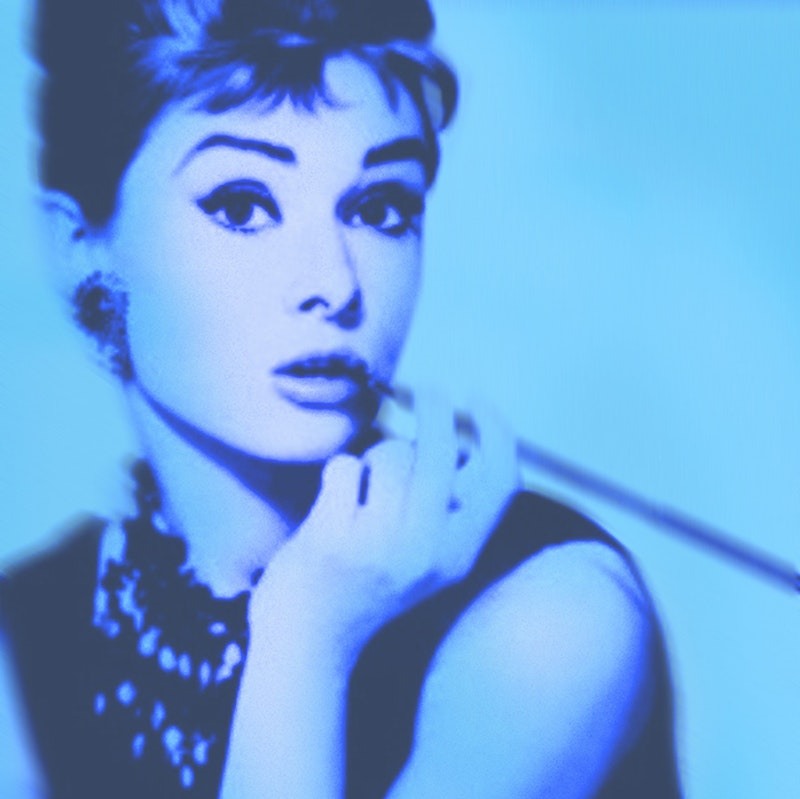Flying into New York on a clear night, descending over Manhattan, the view’s amazing. Tucked in between the Hudson and East Rivers sits a compact, imperfect island. Looking out the window, my eye is drawn to a sea of skyscrapers brushing against glittering stars. As the plane dips, the “butterflies in the stomach” feeling intensifies as the jet approaches JFK. An ability to embrace is what the international epicenter is known for. In the face of adversity, accepting hardship speaks to a diverse population that sees commonality in the human experience. Such wistful moments are flooded by all sorts of emotional fuss.
After landing, unveils the Upper East Side. At the turn of the 20th century, the names Astor, Rockefeller, Morgan, and other prosperous, industrialist individuals ushered in a new modern America. They adapted long-standing high society social customs steeped in privilege and exclusivity. Prominent philanthropists, diplomats and billionaires continue to reside there, as well as Holly Golightly. It’s where the song remains the same: money changes everything.
For domestic workers like us, it’s a world apart. A cavalcade of Vanity Fair boldface names at a Frick Collection reception in their established roles represent a Town and Country style of cultural branding. Luxury apartment buildings, elegant townhouses, and diverse museums are found along the thoroughfares bearing the names Fifth, Madison, and Park.
Upscale doorman buildings have strict admission criteria, where more than a substantial amount of wealth is required for consideration. To play the game requires flair and a good lawyer. These are things the general public never sees or interacts with. Why? Because certain details that live in the land of “No” remain confidential, private and by the way “What business is it of yours?” Sound stuffy? It is, just a bit.
In fact, everything mentioned above can be summed up in one distinctive, shade of turquoise blue.
Breakfast at Tiffany’s is a worthwhile 63-year-old movie if you have sophisticated or even silly tastes. It may bring back memories or perhaps make you cry. Truman Capote’s tart language novella of the same name was published in 1958. The screenplay adaption, which received an Academy Award nomination, was written by George Axelrod. In October of 1961, director Blake Edwards’ Technicolor dark romantic comedy became an instant sensation. What’s notable to Capote readers; the Holly Golightly character is poles apart from the book version.
Five in the morning at daybreak, a yellow taxi stops in front of Tiffany’s main store on 5th Ave. The smooth alto saxophone of Henry Mancini and Johnny Mercer’s “Moon River” announce an arrival. Holly Golightly exudes an air of contentment while nervously wanting to be, projecting the need to be free of confinement. Standing in front of Tiffany’s, facing the proud and serene storefront in Oliver Goldsmith eyewear and a black satin Givenchy gown, she’s stunning. After gazing through windows and finishing her coffee and Danish for breakfast, the immaculate beauty takes her time meandering home.
Audrey Hepburn was a master at portraying Holly, the story of a fragile and unorthodox socialite wannabe who longs to become a member of high-class society. Hollywood’s fictional character was so successful that it gave rise to real ones.
After the uptight 1950s, Hays Code censors acted as the silver screen’s vice squad. The problem required the film industry to get clever telling its storylines. America was changing. Shifting social norms showed vitality; people were getting it on, freewheeling and sensual. The approval of birth control pills on May 9, 1960, made finding love all the easier. In 1962, Helen Gurley Brown would pen her non-fiction advice in Sex and the Single Girl.
The film’s sexuality skirts the borders of Kennedy years’ provocative promiscuity, hinting at prostitution, but it’s overshadowed by an undeniable whimsical charm. With all the long cigarette holders, booze, and pillbox hats, you might need to resist the temptation to go sneak a smoke. Holly liked men; she found them entertaining. Paramount Pictures publicity referred to her as a “kook.” All this contrasts to today where escort services are relatively common; yesterday’s view seems tame.
The movie didn’t sit well with Truman Capote. He called it “mawkish” and wanted Marilyn Monroe for the Holly part. The role was also offered to Shirley MacLaine and Kim Novak, all three turned it down. Despite her initial reservations about playing a hooker, Audrey Hepburn’s portrayal is timeless.
What captured these priceless moments—a Cracker Jack ring, a pet named “Cat,” a swinging early-1960s cocktail party and designer Edith Head’s gorgeous attire. George Peppard with his incredibly blue eyes plays aspiring writer Paul Varjak, a new tenant in Holly’s building. The apartment exterior location is a handsome brownstone located on E. 71st St. Varjak’s adulteress matron Emily Eustace Failenson “2E” left a tip on the table; actress Patricia Neal was the real-life wife of children’s novelist Roald Dahl. Character actor John McGiver is memorable as a Tiffany’s salesman. Mickey Rooney’s racist portrayal of Mr. Yunioshi is today problematic. Despite its flaws, this enduring piece of New York cinema remains a pinnacle in Hepburn’s career that’s captivated audiences for generations.
Does Holly still exist? My answer is yes. The bedroom would be spacious with a white marble fireplace and Vera Wang bedding. Once a week after the help arrives, her sheltered life would gather energy for a little walk. “Bless you darling, it’s challenging, some days are hard,” she’d say. A calendar alert: Tea at St. Regis this afternoon. It’s thriving interplay. Noticing her surroundings, “I love the best, and this is it.” On a blue-sky day, the sidewalks are busy. In a way, it’s perfect, of course.

